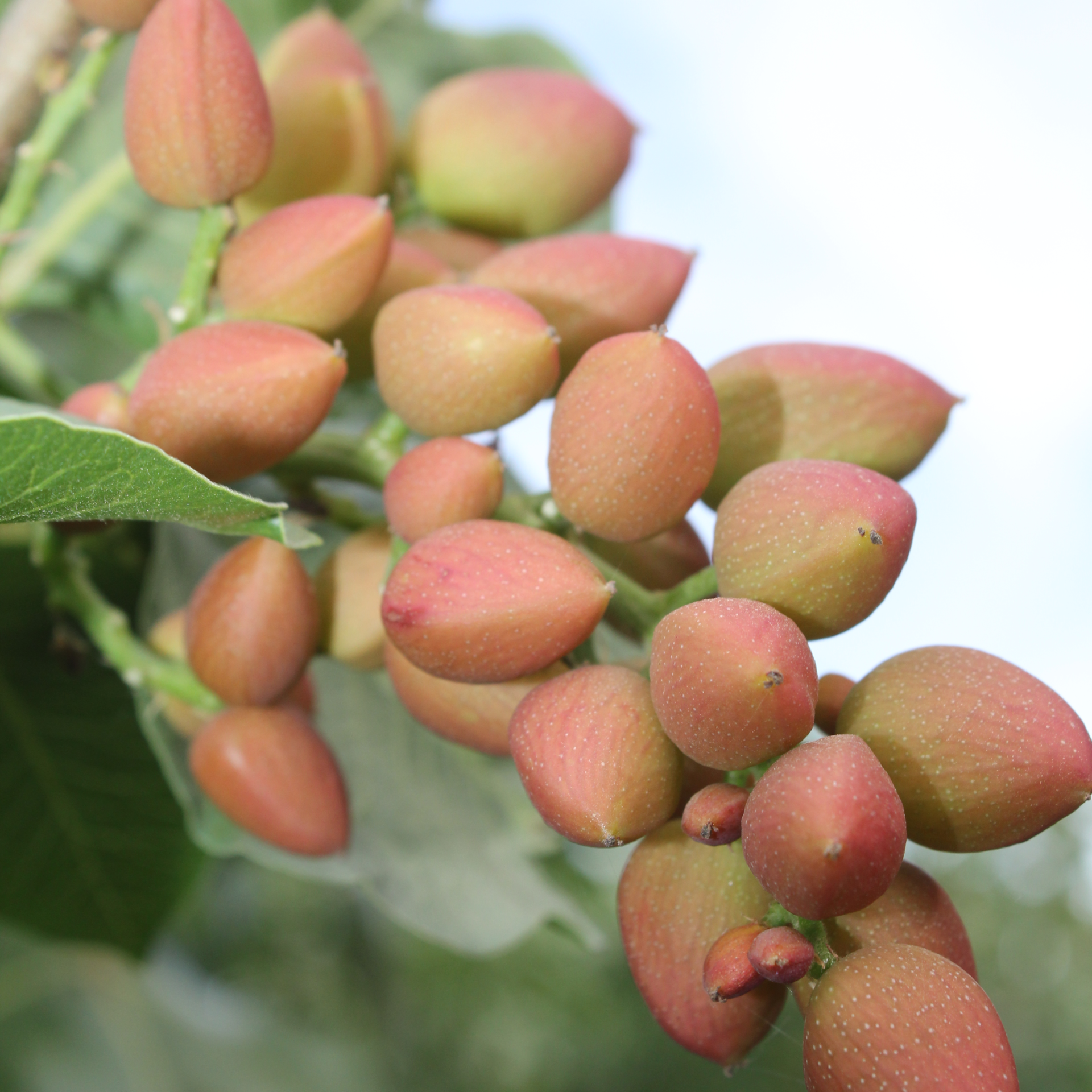Zinc sulfate applications have been used by pistachio growers to hasten defoliation in trees in October with the objective of encouraging earlier dormancy or for nutritional reasons.
Kern County UCCE farm advisor Craig Kallsen notes that there is considerable disagreement as to the effectiveness of these applications, whether they are made for nutritional or dormancy reasons.
He said high concentrations of zinc sulfate sprayed in November have been used for the purpose of ‘burning’ leaves from young trees. There is no research showing that trees without leaves are less vigorous going into winter, but it stands to reason that they would be less vigorous. The effect of leaf removal on their vulnerability to frost and winter juvenile dieback is unknown.
He has done some limited research on other materials that can be used to burn leaves, but said that unless the young trees have been drought stressed by turning off irrigation in late summer, zinc sulfate is not very effective in leaf removal.
Kallsen said that some growers have found that late season drought stress in combination with zinc sprays let them get in and do winter pruning/tree training earlier because the leaves tend to hide tree structure. Drought stress appears to remove leaves better than zinc, he added. Leaf removal for early pruning of late summer and fall drought-stressed trees has also been achieved by some growers using only the wind generated from windmill-type spray machines.
There is no evidence that zinc-treated trees have a reduced chill requirement or accumulate chill hours quicker, Kallsen said
Kallsen said that based on his own limited field research, fall is an ineffective time to apply zinc for nutritional reasons. Spraying at 50% leaf out in the spring is more effective and requires much less product. Fall zinc applications usually consist of rates approaching 40 pounds per acre. Kallsen said he has suggested to many growers that they skip these fall applications.
California Department of Food and Agriculture’s Fertilizer Research and Education Program did a study comparing the efficiency of different foliar-applied zinc formulations.
Twelve different formulations were tested and separated into five categories of effectiveness. It was concluded that zinc nitrate is the most effective material, but zinc sulfate, which is considerably less expensive, is the most cost-effective.
Experiments to determine the best timing for fall applications of zinc sulfate were inconclusive.












